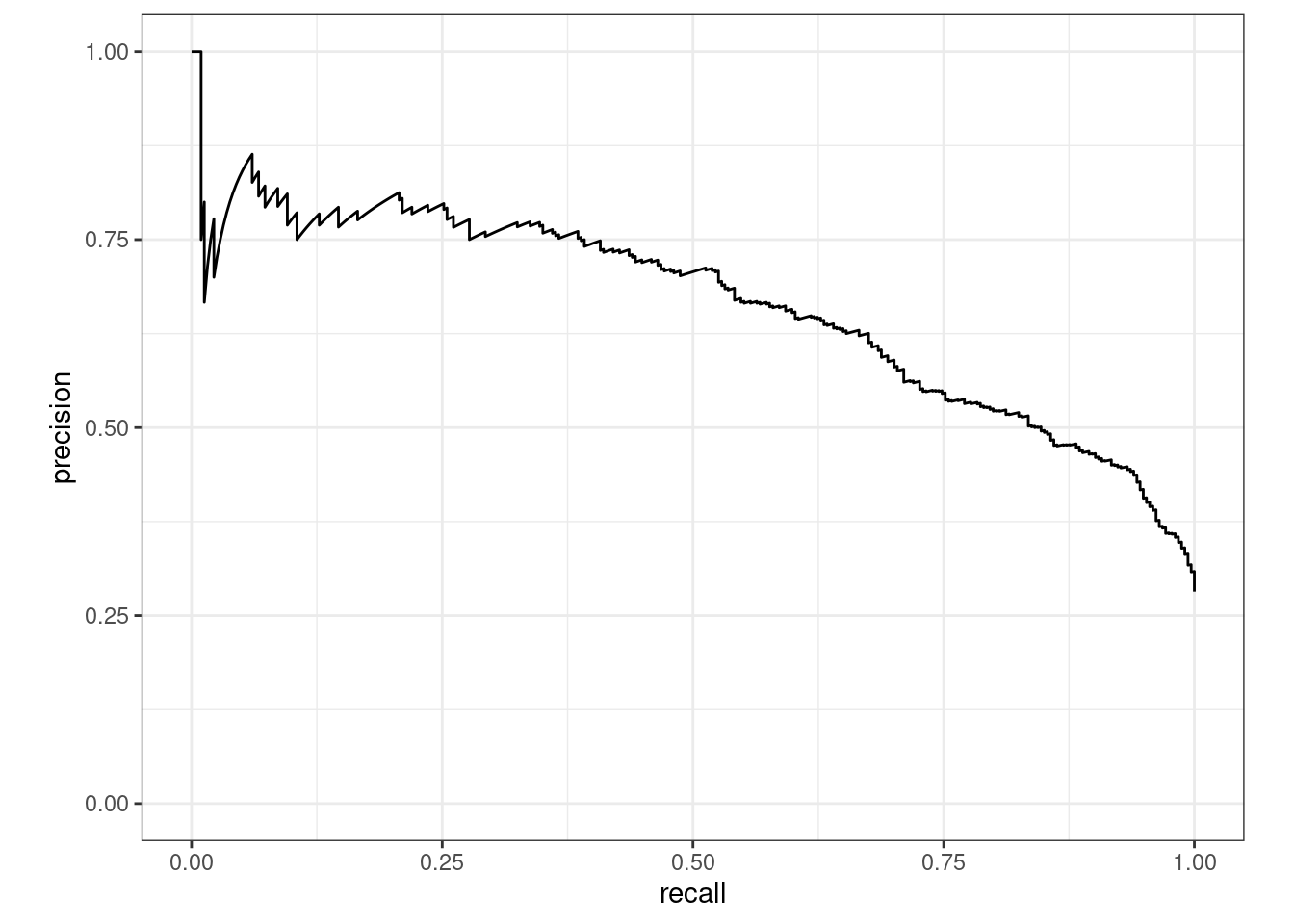Rows: 4,454
Columns: 14
$ Status <fct> good, good, bad, good, good, good, good, good, good, bad, go…
$ Seniority <int> 9, 17, 10, 0, 0, 1, 29, 9, 0, 0, 6, 7, 8, 19, 0, 0, 15, 33, …
$ Home <fct> rent, rent, owner, rent, rent, owner, owner, parents, owner,…
$ Time <int> 60, 60, 36, 60, 36, 60, 60, 12, 60, 48, 48, 36, 60, 36, 18, …
$ Age <int> 30, 58, 46, 24, 26, 36, 44, 27, 32, 41, 34, 29, 30, 37, 21, …
$ Marital <fct> married, widow, married, single, single, married, married, s…
$ Records <fct> no, no, yes, no, no, no, no, no, no, no, no, no, no, no, yes…
$ Job <fct> freelance, fixed, freelance, fixed, fixed, fixed, fixed, fix…
$ Expenses <int> 73, 48, 90, 63, 46, 75, 75, 35, 90, 90, 60, 60, 75, 75, 35, …
$ Income <int> 129, 131, 200, 182, 107, 214, 125, 80, 107, 80, 125, 121, 19…
$ Assets <int> 0, 0, 3000, 2500, 0, 3500, 10000, 0, 15000, 0, 4000, 3000, 5…
$ Debt <int> 0, 0, 0, 0, 0, 0, 0, 0, 0, 0, 0, 0, 2500, 260, 0, 0, 0, 2000…
$ Amount <int> 800, 1000, 2000, 900, 310, 650, 1600, 200, 1200, 1200, 1150,…
$ Price <int> 846, 1658, 2985, 1325, 910, 1645, 1800, 1093, 1957, 1468, 15…

